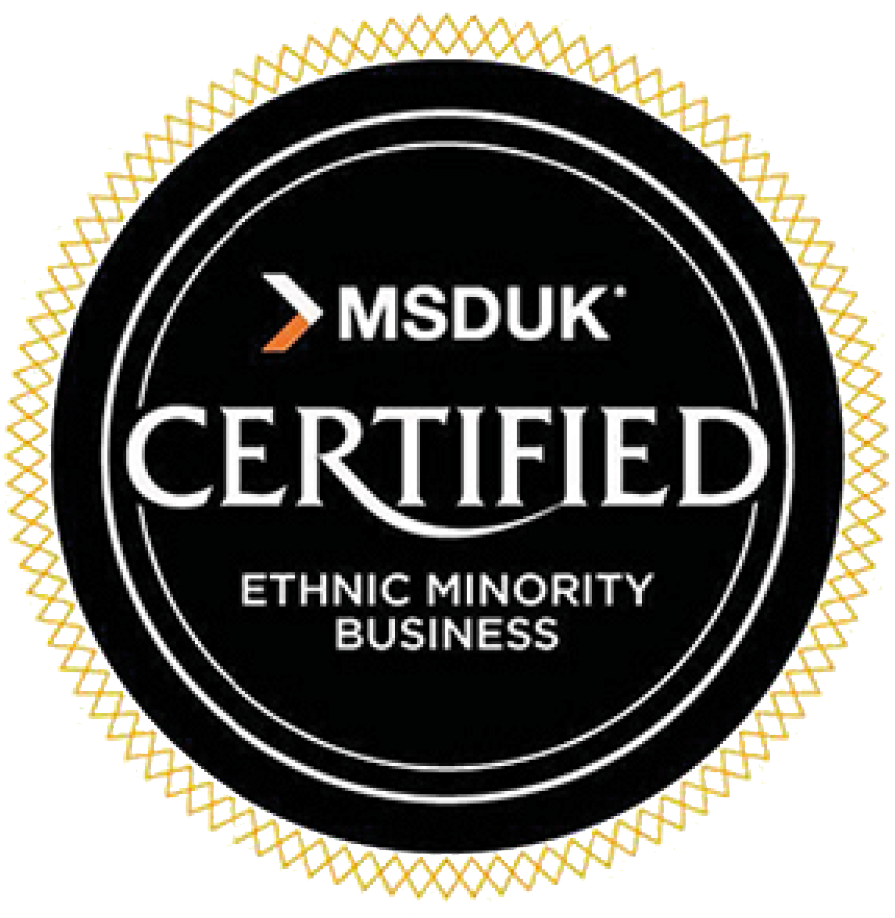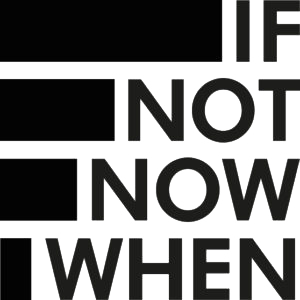The Challenge
This organization already had a well developed D&I strategy in place. However following the upsurge in the BLM movement in 2020, they reflected that the strategy may not be effective enough when it came to driving improvements in racial inclusion across the business.
In common with many organizations, the business had distinct cultural differences between their two primary work environments; the corporate office
setting, and field/factory locations. They wanted to understand:
- Whether current interventions were being successful in creating a more inclusive culture across both environments
- What additional measures could be taken to ensure that racial inequality was being addressed
Aware that there was not one single experience of the BLM movement and its impact, we needed to create meaningful engagement with employees and open the conversation about race in a safe and productive space.
It was important to the client that they demonstrated a willingness to listen and learn from the real experiences of Black and other ethnically diverse employees within the business and used these to inform meaningful actions.
The Solutions
Using our RADAR analytics tool, INvolve completed a comprehensive analysis of employee engagement, experiences and perceptions of inclusion across the business with a specific focus on racial inclusion – identifying barriers, gaps, opportunities and misalignment across the different business sectors.
Aware that due to the work environment engagement of field/factory employees could be more challenging, we worked with the client to create internal marketing material which would encourage those workers to record their thoughts and experiences. This included engaging directly with line managers so they could become effective ambassadors on the value of taking part.
Using the data collected, we put forward evidence based recommendations for a communication and training roadmap which would form the backbone of a clear and cohesive inclusion strategy.
With the knowledge that independently collected employee feedback and experiences had underpinned the strategy, the organization was able to move forward with confidence when it came to new or refreshed initiatives centered around racial inclusion.



